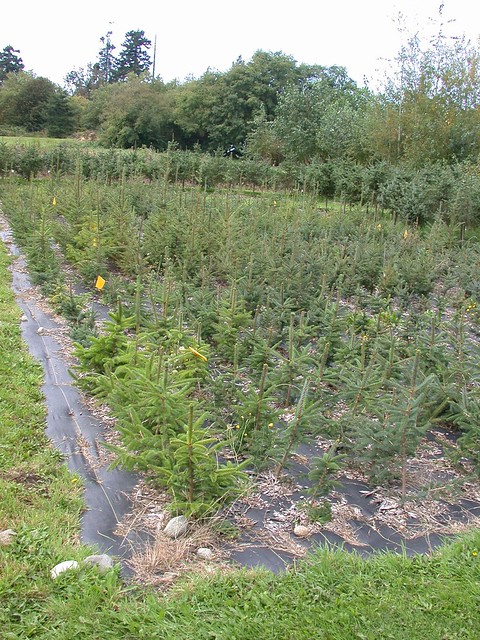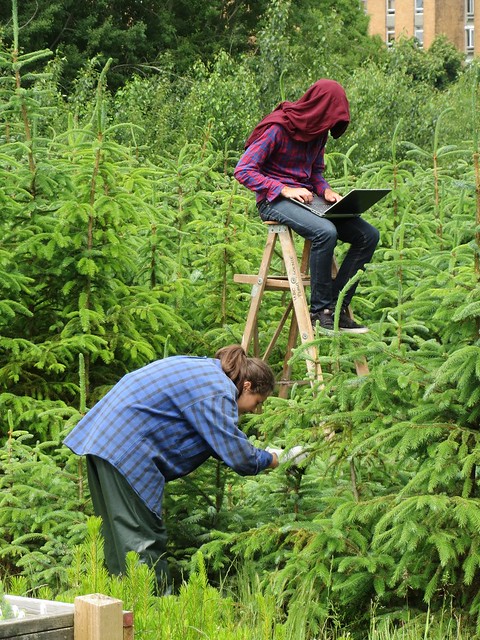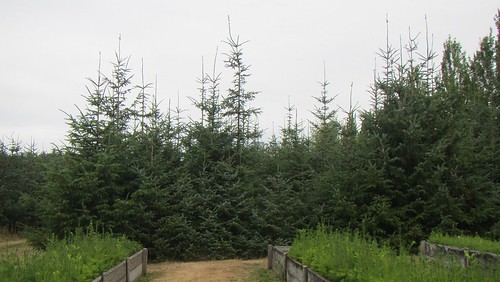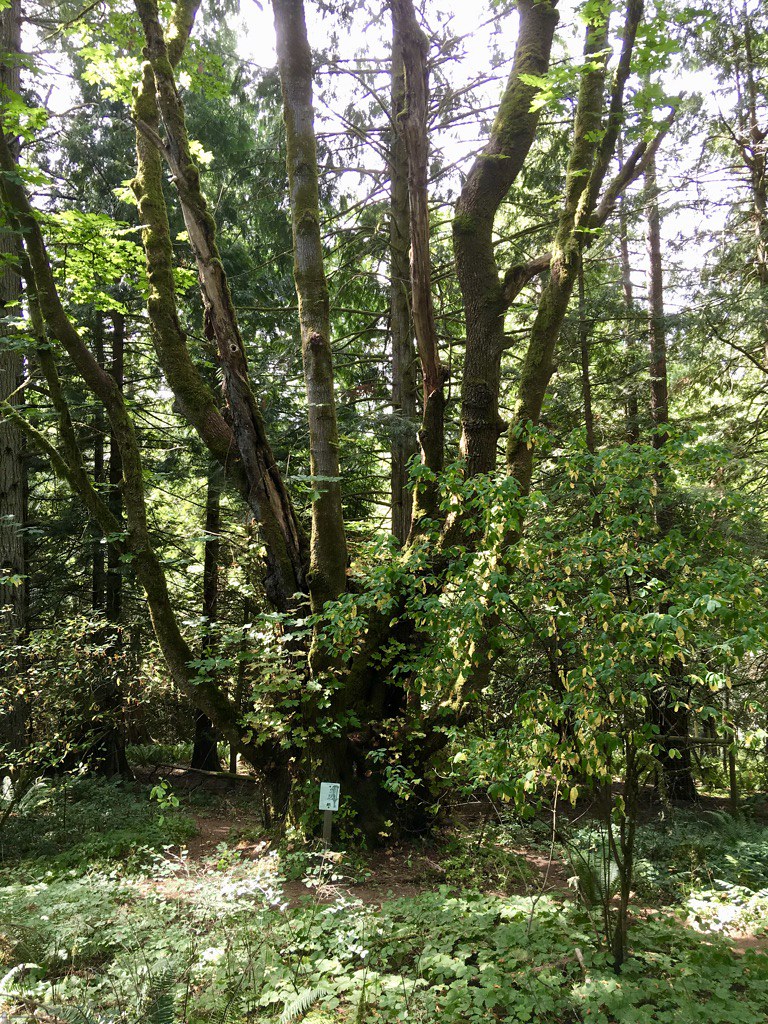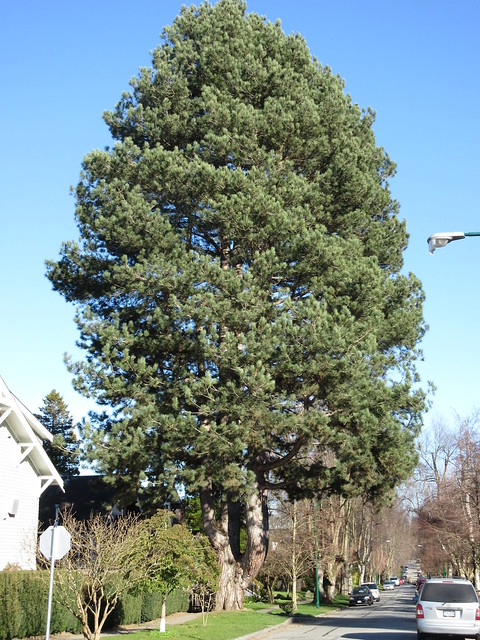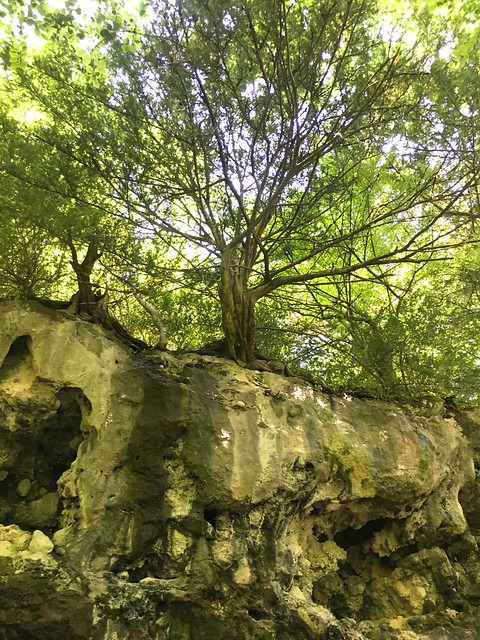What does it take to successfully manage a project?
Linkedin learning (available for any UBC employees, but also any Vancouver residents through the Vancouver Public Library) has a lovely, short module called “Project Management simplified” by Chris Croft. I recommend it. I have foregone official project-management training because a lot of it is common sense and getting overly attached to procedures is not an advantage in the research world, where things can change a lot and quickly. Nonetheless, there are a few tools you need.
Helpful tools.
You absolutely need a written project proposal, a detailed budget and a Gantt chart. The team needs to have a great idea (proposal) but also the means to carry it out (budget) and the planning to finish within a given time frame (Gantt chart). The larger the project, the more you need them. They are time-consuming to create, but they are worthwhile investments. The more detail they have, the better. Despite the fact that the details will change, they force principal investigators to hash out the practical aspects. The three products need to match up with each other, which will convince the funding agency you have the skills and organization to pull it off as well as help you manage the project.
Personal skills.
Here I can only give my own opinion. I believe that the project manager is paid to worry. I always look for the things that could cause delays, go wrong, might be forgotten, or might not have been clearly assigned to anyone. After all, for large research projects, the people still need to be hired, the tasks are new, and many tasks are multi-disciplinary so it might not be clear who is in charge.
At the same time, to be able to do this worrying or planning with grace, it cannot consume you.
The “Ten Commandments for a Long and Peaceful Life” by Elodie Armstrong have been pasted to my notice board for many years now, to keep me uplifted. These three in particular are useful to me:
Thou shalt not be fearful, for most of the things we fear never come to pass.
Thou shalt face each problem as it comes. You can handle only one at a time.
Thou shalt not cross bridges before you get to them, for no one yet has succeeded in accomplishing this.
Interpersonal skills.
I try to develop some personal rapport with as many team members as possible. I contact them to add their names to a mailing list and welcome them to the team.
I assume the best intentions and ask questions if I don’t understand what’s going on.
In an attempt to solve problems at early stages, I always invite people to share any difficulties that will inevitably come up, without attaching blame. I ask what they need to be effective. That is not the same as committing to providing it, which I may not have the authority to do, but it can lead to advocating for them.
I liberally sprinkle reminders all over. Professors are really busy people and are glad for any help they get with staying on track.
I build safety margins into my reporting deadlines, so that there is still time to send reminders and react to missing pieces, before the materials are really due.
Reporting is an opportunity to find out what are potential areas of concern, within the team as well as for any oversight committees. It can be a stressful time, but also exciting to see the project come together.
Financial success.
Going over budget is not an option for this type of research project. In the second half of the project, lots of small changes have begun to accumulate and it becomes difficult for me to answer the question “do we have money for xyz?” After all, we may be late with ongoing commitments, so it may seem like we have extra money when we don’t. I take my time answering these questions, because the ramifications of getting it wrong are huge. Providing a status update to principal investigators of funding amounts left in their accounts is useful. In the last project year it is time to look at all the existing commitments and figure out how (and when) to bring closure to the project. Each funding agency has their own requirements for this. Sometimes no-cost extensions are allowed, sometimes not.
Review.
At project’s end, it is useful to review the lessons learned, so that the next time, you can make new mistakes instead of the same old ones! Assume responsibility for what is under your control, let go of what is not.
Happy planning!
Dr. Pia Smets was the lab manager for the Aitken lab for many years and project manager for the AdapTree and CoAdapTree (Genome Canada LSARP) projects.

